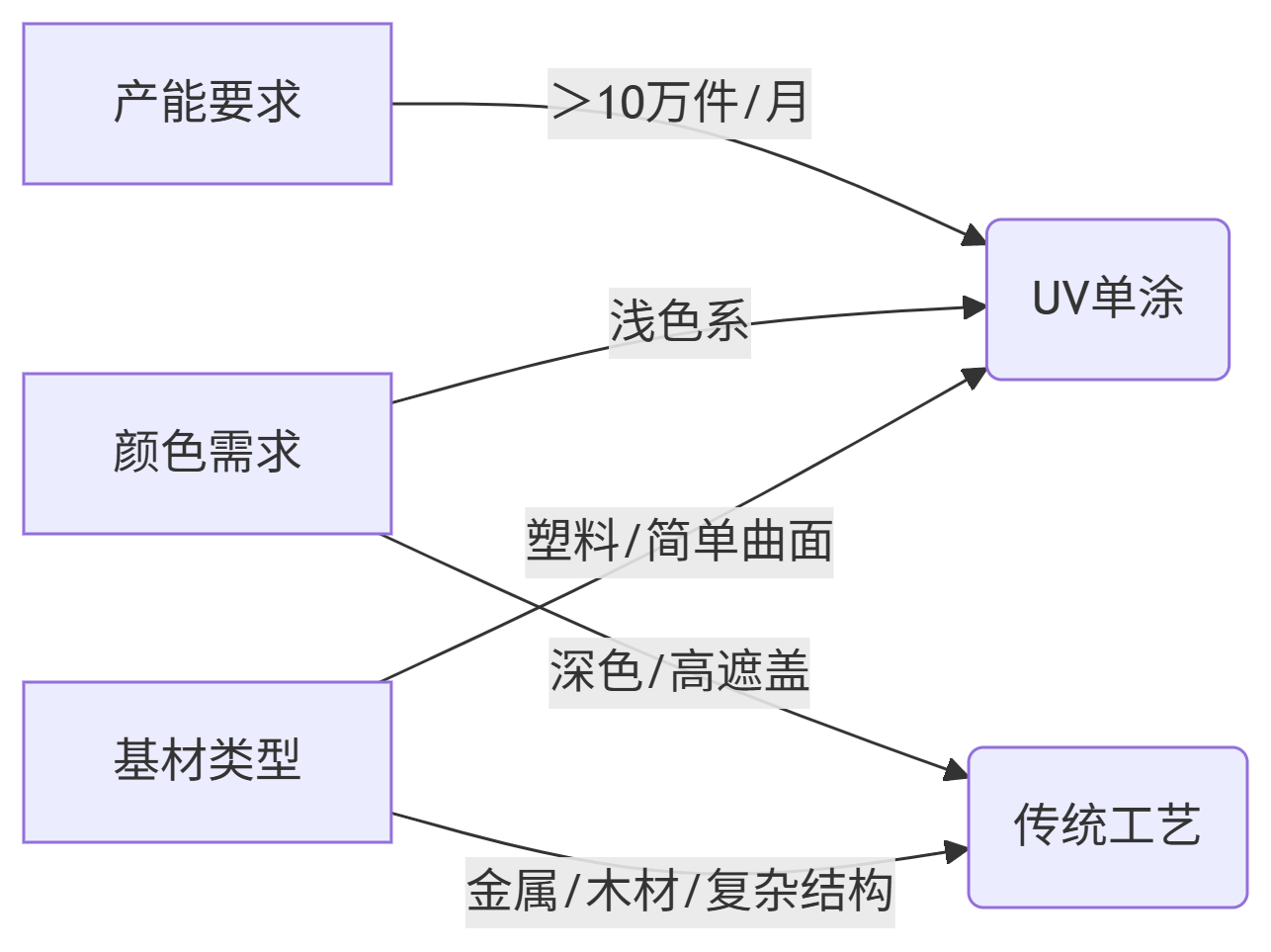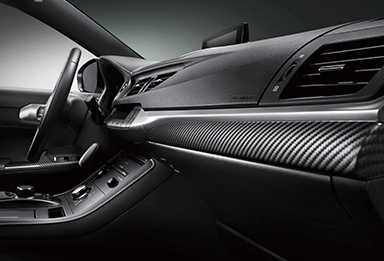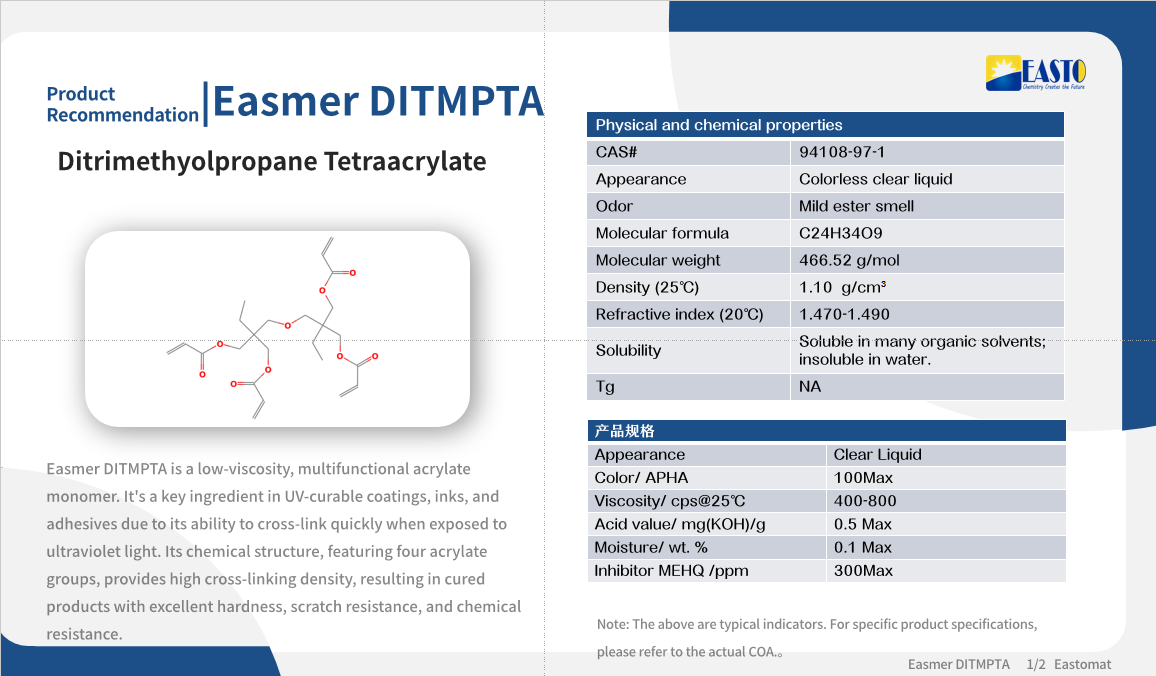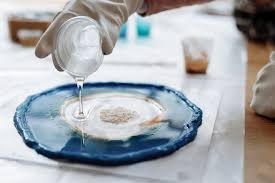UV Monocoat: Is a monocoat replacing a dual process a technological revolution or a limited breakthrough?
Release time:
2025-08-11
Introduction: The "Fast-Forwarded" Coating Production Line
Upon entering a certain home appliance casing factory, you'll see a comparison like this:
Traditional Production Line: Substrate → Primer spray coating → Bake for 30 minutes → Sanding → Topcoat spray coating → Second bake → Quality inspection
UV Monocoat Production Line: Substrate cleaning → Single-layer spray coating → 10-second UV curing → Direct packaging
This technology, which combines coloring and protection, is rapidly gaining popularity in the consumer electronics and home appliance sectors. But is it a cure-all solution?
1. The Technical Essence: How does ultraviolet light achieve "two-in-one"?
The core breakthrough of UV Monocoat lies in using "photochemical reaction to replace thermal curing".
Formula Design:
Photosensitive resin (responsible for film formation and hardness)
Encapsulated pigments (provide primer-like opacity)
Active monomers (improve leveling)
<5% solvent (traditional coatings contain 30-60% solvent)
Second-level Curing: Ultraviolet light triggers photoinitiators to cleave, initiating a cross-linking reaction in the resin, forming a dense network structure in 3-10 seconds (traditional baking requires 20-40 minutes).
Key Indicator: A UV energy density of 800-1500 mJ/cm² is the threshold for complete curing.
2. Why are companies rushing to adopt it? Four real advantages
30% Direct Cost Reduction: Eliminates primer materials + reduces energy consumption from baking. For example, a mobile phone case factory saves 120,000 yuan in electricity costs per month.
Strong Environmental Compliance: VOC emissions are <50g/L (national standard limit is 420g/L). It has passed EU REACH certification.
Doubled Production Efficiency: Production line speed increases from 3m/min to 15m/min. A television panel factory saw a 400% increase in capacity.
Outstanding Physical Performance: Hardness of 2H-3H, abrasion resistance of 1000+ cycles (RCA test). Laptop casings have no scratches for life.
3. Three Overlooked Challenges: The Gap Between Ideal and Reality
1. A Narrow Process Window, like walking a tightrope
Film Thickness Tolerance <5μm: If the thickness exceeds 30μm, curing is insufficient (the bottom is sticky), while a thickness below 15μm results in a loss of opacity.
Strict Substrate Cleanliness Requirements: Fingerprints or mold release agent residue directly lead to craters (a 15-20% decrease in yield).
2. Hard Boundaries for Application Scenarios
✅ Applicable Scenarios | ❌ Risk-of-Failure Scenarios |
• Flat/shallow curved plastic parts | • Deep cavity structures (UV light blind spots) |
• Light colors (low opacity requirements) | • Pure black/metallic colors (require film thickness >6μm) |
• ABS/PMMA/HIPS substrates | • Non-polar materials like polypropylene (PP) |
3. Hidden Cost Traps
UV-LED equipment investment is 3-5 times that of a traditional oven (1 million yuan vs. 200,000 yuan).
When pigments cause incomplete curing, special dispersing agents must be added (increasing costs).
4. The Industry Truth: Who's using it? How?
Commonalities of Successful Cases
Consumer Electronics: Mobile phone back panels (flat + medium-light colors) → Key Strategy: Paired with plasma pretreatment to improve adhesion.
Appliance Panels: Air conditioner control panels (small area, high-gloss requirements) → Innovative Solution: Local UV curing replaces overall spray coating.
Lessons from Failures
A car company attempted to use it for car gear shifts.
Reason for Failure: The curved surface led to uneven curing → Edges peeled off after three months.
Solution: Reverted to a hybrid process of "UV primer + water-based topcoat".
5. Future Breakthrough Directions: Beyond "Single-Layer"
Composite Curing Technology: UV pre-curing + 80℃ post-thermal curing (solves the shadow area problem).
Water-based UV Monocoat: Solvent content is close to 0 (BASF has launched an experimental product).
Intelligent Light Source System: Dynamically adjusts wavelengths to suit different pigments (e.g., titanium dioxide needs 365nm, carbon black needs 395nm).
Conclusion: A Rational View of Technological Innovation
"UV Monocoat is not a panacea, but an efficient tool for specific scenarios. It is the optimal solution when you are pursuing ultimate efficiency and environmental protection on flat, light-colored plastic parts. If you force it to cover complex conditions, you will pay a higher price."
Technology Selection Recommendations:

Previous Page
Next Page
Previous Page
Next Page
Latest News
Get a Free Consultancy
NANTONG EASTO MATERIALS TECHNOLOGY CO.,LTD.

No.118,Zhujiang Rd.,Juegang St.,Rudong County,
Nantong City,Jiangsu Province,226400,China




 2025-08-11
2025-08-11







